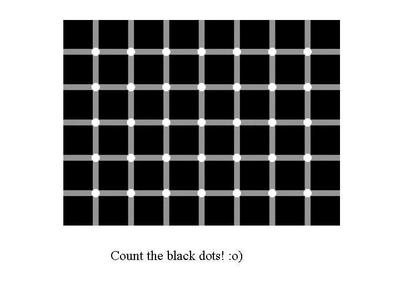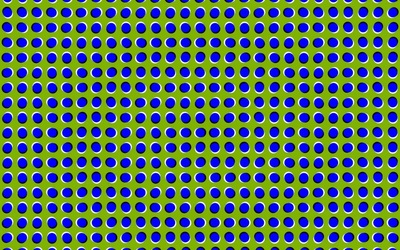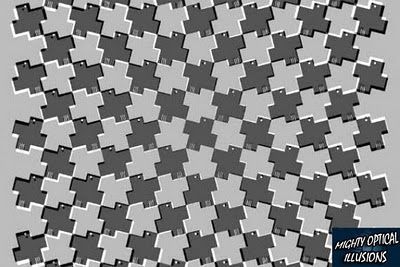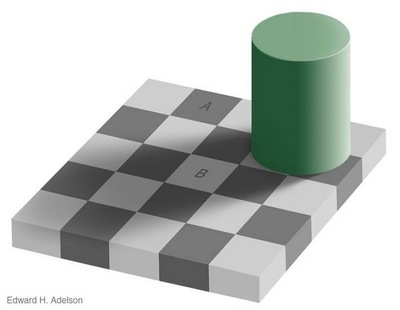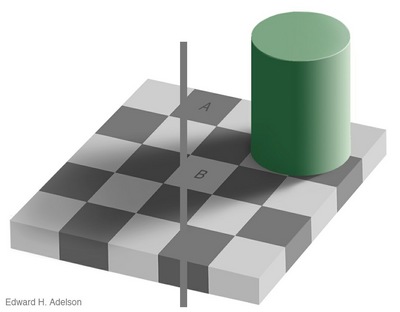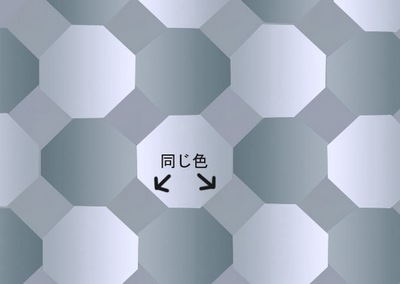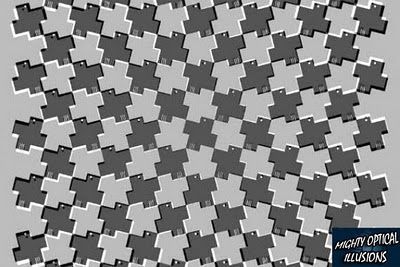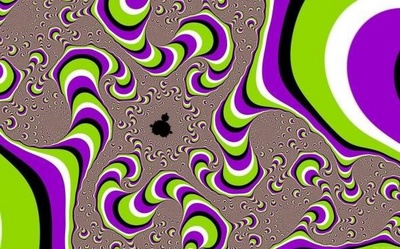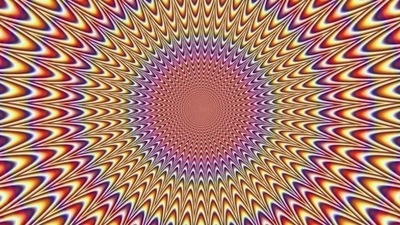Epilogue: The future of psychiatry
Much of what follows in this epilogue has been repetitively been emphasized in preceding chapters.
The most important issues---at least in my point of view---shall nevertheless be summarized, because I would like to envisage future psychiatry to be taken further as a pluralistic medical discipline that is thoroughly grounded in the framework of human biology.
Current diagnostic systems (Diagnostic and Statistical Manual of Mental Disorders, DSM, 4th revision, and the International Classification of Disorders, ICD,10th edition)were conceptualized as largely a theoretical, purely descriptive frameworks to improve reliability and validity of the diagnostic process.
In spite of the fact that these instruments have greatly facilitated the communication between clinicians across divergent theoretical backgrounds, DSM and ICD are flawed by disregarding aetiological factors of psychiatric disorders including idiographic material in favour of a nomothetic approach.
Another unresolved problem is that current diagnostic manuals are insufficient in their ability to appreciate sex differences in presentation of psychopathological signs and symptoms.
DSM and ICD are also reductionist in that they constrain the richness of psychopathological signs and symptoms to a compilation of only the most conspicuous clinical symptomatology of disorders.
The clinician is asked to make a diagnosis by choosing several signs and symptoms from a list that is neither exhaustive nor(in many instances) factor-analytically validated.
Even though DSM and ICD are not designed that way, both manuals suggest the existence of nosological categories of psychiatric disorders.
The unexperienced beginner may therefore be tempted to use either one as a surrogate textbook of psychiatry.
Similarly, contemporary psychiatry has put too much emphasis on structured interview technique, obviously at the expense of behavioural observation, and largely oblivious to the emotional content of communication.
Moreover,the current trend in psychiatry to conceptualize psychiatric disorders according to biological findings is one-sided in that pathogenetic aspects are, by and large,reduced to abnormal brain functions, whereas aetiological issues of disorders usually comprise a conglomerate of hereditary (genetic), and acquired features.
This suggests that the suffix 'biological' to psychiatry is greatly impoverished by equating 'biological' with findings from genetics, activity of neurotransmitter systems, drug action, and perhaps brain imaging, while grossly neglecting the biology of evolved human social systems with all their cognitive,emotional and behavioural facets.
In fact,it sometimes appears as if the term 'behaviour' (at least systematic behavioural observation) has been banished from the psychiatric literature, perhaps as a consequence of the fact that the value of a thorough psychiatric examination and description of psychopathology have been belittled, whereas the explanatory power of genetic findings has been inflated.
For example, current research into psychiatric genetics greatly focuses on the impact of neurotrophins, only to discover that these factors are
apparently not specific to any one particular disorder.
Moreover,research and clinical practice are no longer equally covered by current diagnostic systems. while DSM and ICD draw lines between anxiety disorders and depression or between schizophrenia and bipolar affective disorder,respectively, research suggests that no natural boundaries between these disorders exist, neither in terms of
genetics nor behaviour. Contrariwise, research itself is flawed by directing scientific enquiries along the lines of supposed 'disease entities'.
A useful step into the right direction is certainly the description of endophenotypes (compare Chapter1), even though most biological markers are currently less useful for clinical purposes, and the available
ones such as the dexamethasone test, TRH test, and low CSF 5-HIAA in depression are largely non-specific.
Accordingly, one of the most important purposes of this volume is to draw attention to the fact that current psychiatry lacks a coherent theory of human behaviour.
Current discussions about how to revise DSM-IV suggest that DSM-V will almost certainly be unsuitable to solve the above-mentioned problems, at least not by merely re-shuffling disorders into new categories.
It would seem that two things stand out that need to be addressed in the future.
One refers to the fact that future conceptualizations of psychopathological conditions ought to more decisively eradicate categorical thinking in psychiatry and replace it by a dimensional approach, for which there is overwhelming empirical evidence.
The second issue pertains to the necessary, radical and unequivocal acknowledgment of two complementary and equally important historical processes that guide human experience and behaviour: one relates to the patient's individual, personal history; this should be standard in psychiatric examination.
The other affects the evolved history of humans as a species; our
psychological apparatus has been shaped by natural and sexual selection over aeons and this still determines how we experience, explore and interact with our environment.
In many respects we strongly resemble other primates in our needs for attachment, security, gregariousness, social status and trustworthy alliances with our fellow human beings.
It ought to be part of the psychiatric examination to evaluate the possible function of cognitions, emotions and behaviours in psychopathological conditions by extrapolating from the pathology to its physiological correlates. In other words, human behaviour, even in its most grotesque and distorted variations has a function, or at the very least, a
physiological equivalent that can be examined in two ways: at the proximate level, and at the ultimate level.
One possible suggestion for future psychiatric manuals could be to reframe the multiaxial diagnostic system along the lines of the four 'W’ questions proposed by Nikolaas Tinbergen.
These axial dimensions should include (1) a thorough description of current symptomatology (including behaviour),(2) examination of allelic variation of candidate genes and/or other biological markers,(3) assessment of early adverse events and other environmental risk factors,(4) evaluation of performance in achieving important biosocial goals, and (5) examination of the functional significance of psychopathological
signs and symptoms by comparison with their evolved (adapted) equivalent.
This would imply a paradigmatic shift. However, such a modified approach could help both to tailor individual treatment, and to create a common ground for research into behavioural genetics, geneenvironment correlations, animal models, psychotherapy, cross-cultural research, and neuropsychology of psychiatric disorders.
In terms of therapy, a most promising way to improve therapist-client interaction is to emphasize more strongly how minds interact---namely, by making inferences about one another's beliefs, goals, wishes, knowledge and emotions. Patients' desires, needs, aims and means to achieve important biosocial goals are not so much different from our own.
Accordingly, it could be advisable to more often take the patient's perspective, or even to routinely include an attempt to see the situation through the patient's eyes in both the diagnostic evaluation process and therapy.
Considering the evolutionary perspective in therapy can sometimes seem to be a perversion of what we believe is morally acceptable.
For example, some psychopathological conditions can be interpreted as (unconscious) exploitative strategies of social systems and mental health services. Similarly,the romanticized view of mental health as a natural state of kindness and subjective well-being has been challenged by evolutionary theory; happiness has probably never been a target of selection; however, the pleasurable state of mind associated with happiness perhaps has been. Suffering---narrowly defined---can be regarded as an evolutionary by-product of self-awareness and conscious
reflection upon one's own existence, or the empathic representation of another's illness.
Moreover, psychiatric disorders cannot simply be defined as a combination of harmfulness to the individual and dysfunction of some psychological mechanism---this would leave out important contextual factors.
The very same behaviour may be dysfunctional and harmful to the individual in one environment and entirely functional and beneficial
in another.
These differences in appreciating psychological distress in evolutionary
perspective compared to standard psychiatric views largely arise from the relevance of examining functional significance;this is, however, necessary to improve therapy, e.g. by making some of these unconscious processes accessible to patients' conscious reflections.
We, as therapists, want mental health for everybody, and rightly claim this a moral imperative. Part of the story is that we empathize with others who are in need or suffer due to our evolved humaneness. This should also guide our therapeutic behaviour.
However, as therapists we will never be able to eliminate psychological distress and mental illness. As long as humans exist,there will be conflict over social matters---resources, mates, alliances, and so forth.
We nevertheless can encourage patients to change perspectives, perhaps sometimes to give up unrealistic goals.
At present one cannot change an individual's genome (and this hopefully remains an unattainable goal), however, one can modify an individual's environmental conditions.
Above all, we should do everything possible to create environments for our children that are worth living in.
This, of course,includes providing them with security, emotional warmth, and the possibility to explore the environment from a secure base. In other words, preventing psychiatric disorders is the best therapy. However, patients with psychiatric disorders have often not had the chance to grow up under favourable circumstances.
Nevertheless appreciating those environmental conditions to which humans have primarily adapted may greatly enrich treatment options for our fellow human beings.




